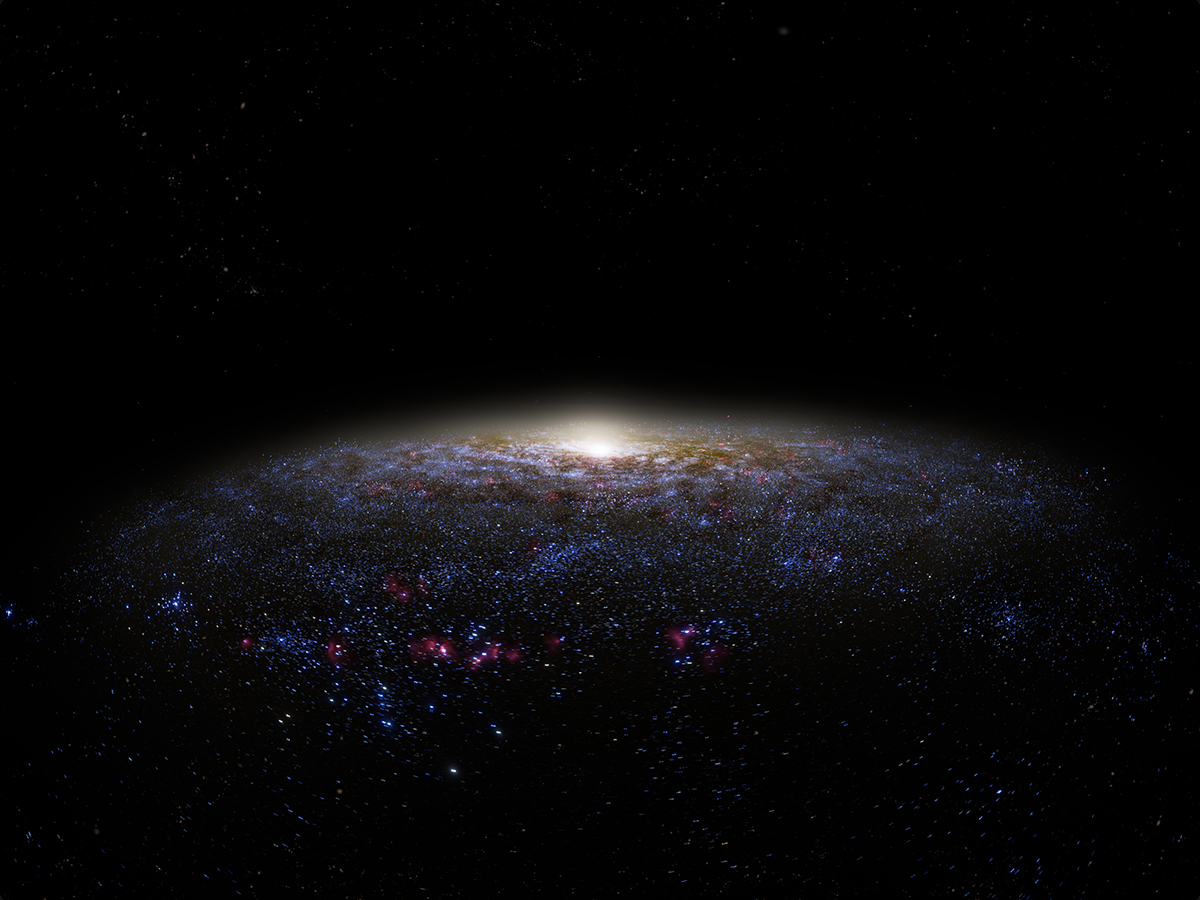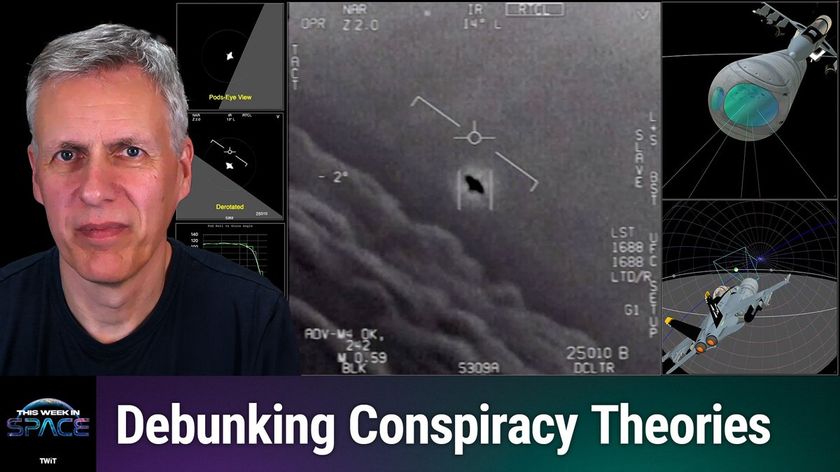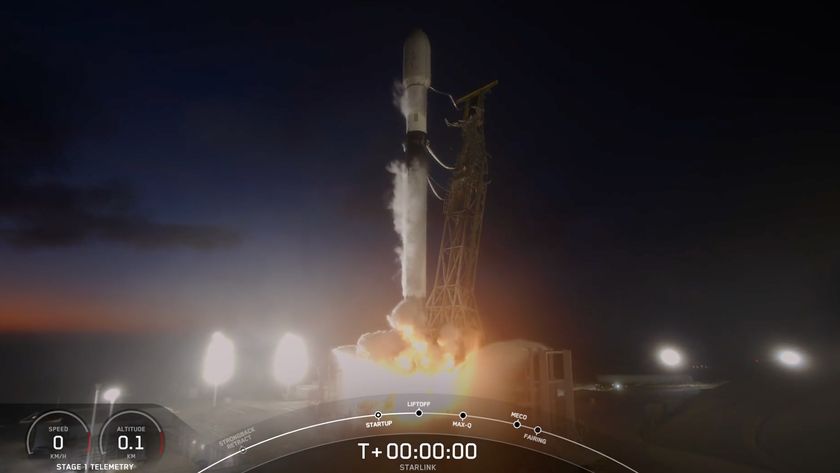'Dark Universe' Planetarium Show Reveals Hidden Cosmos

A new planetarium show is set to blow the minds of kids and adults alike.
The American Museum of Natural History's newest show, "Dark Universe," is a 25-minute science lesson narrated by Hayden Planetarium director astrophysicist Neil deGrasse Tyson that explores some of the deepest and most complex mysteries in cosmology today.
"Most shows talk about what we know," Tyson, who also hosts TV's "Cosmos" reboot, told SPACE.com. "They're celebrations of discoveries, and this [planetarium show] is a celebration of our ignorance. It's a different kind of challenge … You're walking away from this saying, 'Wow, we are in a state of profound ignorance in our understanding of our place in the universe.' And that's a different message." [The "Dark Universe" Planetarium Show in Photos]
Each complicated concept presented in the show, which premiered on Nov. 2, is illustrated by detailed data visualizations produced in-house at the museum. This is the fifth planetarium show produced by the American Museum of Natural History.
The distribution of dark matter, a mysterious substance that cannot be directly observed but exerts gravitational force on visible matter, is represented as a spooky mass of dark, tangled strands throughout the sky.
"My favorite is the dark matter visualization," curator Mordecai-Mark Mac Low told SPACE.com. "It's such a great visualization and it's such a great simulation. The actual effort to do that using a novel algorithm and a novel visualization method is just a high point for me."
Another visually stunning scene from "Dark Universe" shows a simulation of supernova explosions throughout the Milky Way galaxy.
Get the Space.com Newsletter
Breaking space news, the latest updates on rocket launches, skywatching events and more!
"One of the curious facts about the universe is that … we know a little bit but we're ignorant of much more," Timothy Ferris, the writer of "Dark Universe," told SPACE.com. "[That is] the situation we'll always be in, and so will every other observer in the universe."
The show also includes the most accurate 3D simulation of the Milky Way ever produced, according to museum representatives. The entire show took about four years to create from concept to finished product, curator Mac Low said.
"This show has a dual theme. It's telling you about what we know and the parts we don't know either," Carter Emmart, the museum's director of astrovisualization, told SPACE.com. "But also, it's really trying to tell you how we know these things. We go out to a really far-out concept like dark matter and then bring it back."
Follow Miriam Kramer @mirikramer and Google+. Follow us @Spacedotcom, Facebook and Google+. Original article on SPACE.com.
Join our Space Forums to keep talking space on the latest missions, night sky and more! And if you have a news tip, correction or comment, let us know at: community@space.com.

Miriam Kramer joined Space.com as a Staff Writer in December 2012. Since then, she has floated in weightlessness on a zero-gravity flight, felt the pull of 4-Gs in a trainer aircraft and watched rockets soar into space from Florida and Virginia. She also served as Space.com's lead space entertainment reporter, and enjoys all aspects of space news, astronomy and commercial spaceflight. Miriam has also presented space stories during live interviews with Fox News and other TV and radio outlets. She originally hails from Knoxville, Tennessee where she and her family would take trips to dark spots on the outskirts of town to watch meteor showers every year. She loves to travel and one day hopes to see the northern lights in person. Miriam is currently a space reporter with Axios, writing the Axios Space newsletter. You can follow Miriam on Twitter.


